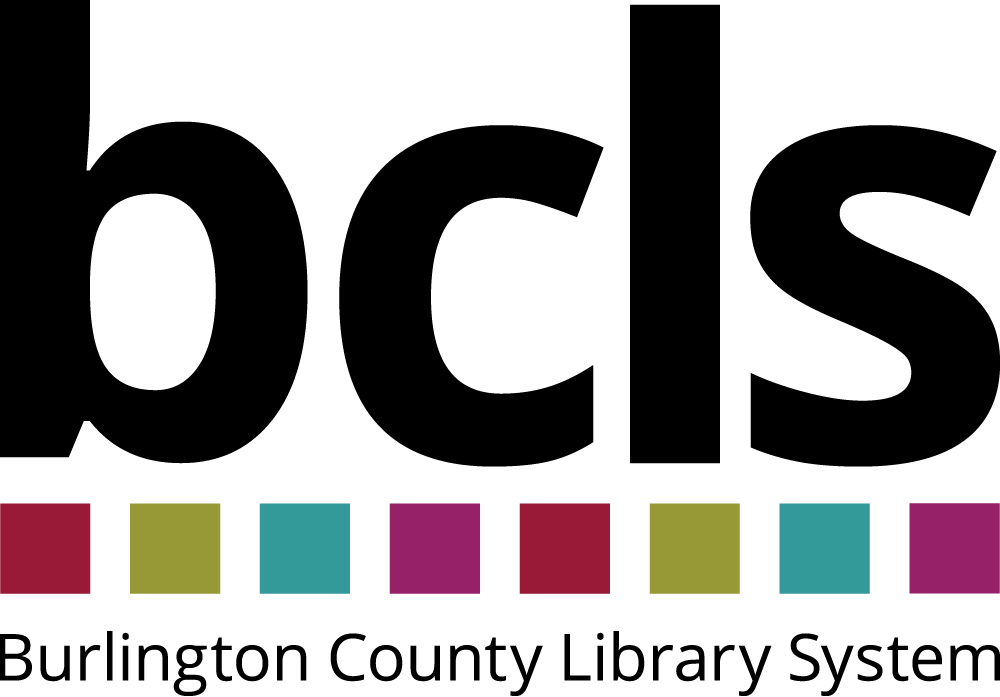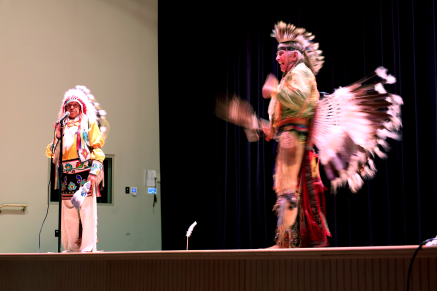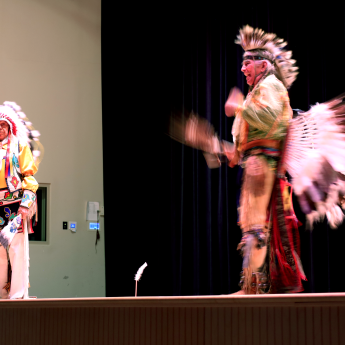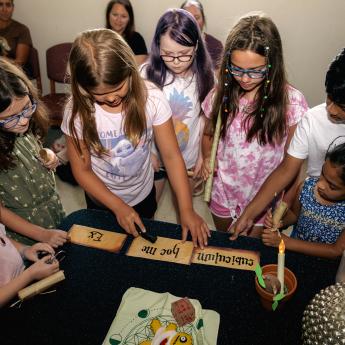November is Native American History Month, a time dedicated to celebrating the contributions and legacy of America’s Indigenous inhabitants. And there is much to celebrate as Native Americans continue to break new ground in the 21st century.
Deb Haaland was one of the first Native American women to serve in Congress, and became the first Native American to serve as a Cabinet secretary when she was appointed Secretary of the Interior by President Joe Biden in 2020. And, following her role in Killers of the Flower Moon (2023), based on the book of the same name, actress Lily Gladstone became the first Indigenous person to win a Golden Globe award for acting and to be nominated for the Academy Award for Best Actress.
Despite their enormous influence on the foods we eat, the names we use and even our system of government, Indigenous achievements have frequently been overlooked. Luckily, your library is here to help fix that!
World Almanac for Kids
Our younger readers can discover what the Americas were like before, during, and after European colonization through the World Almanac for Kids. This bite-sized look at almost everything offers topics including American History and Native American Life that teach about the different Indigenous societies across the United States:
- You can quiz yourself on the Ancient Maya and Aztec civilizations.
- Explore Fun Facts for brief descriptions and deep dives on subjects from birch bark canoes to wampum.
- Or watch short videos to see what life might have been like right here in the Eastern Woodlands 1,000 years ago.
Infobase: American History and American Indian History
For older students, the library offers Infobase modules on areas of history, including American History and American Indian History. These sections are filled with facts, figures and more to help build your understanding of America’s first inhabitants. Through Infobase, users can:
- Access primary sources like treaties and court cases that shaped the relationship between the U.S. government and Indigenous communities.
- Read the Treaty of Guadalupe-Hidalgo that ended the Mexican-American War but started hostilities with the Indigenous tribes of the Southwest.
- Find out more about important Native Americans across fields and throughout time.
- These biographical article lists include familiar leaders like Crazy Horse and Geronimo, but also artists and craftspeople, writers and poets, and activists and politicians.
- Look at maps and charts that provide more context for Native American life in both the past and the present.
- See what items traveled across the globe thanks to the Columbian Exchange, how traditional ways of life became impossible for Plains Indians due to the devastating loss of buffalo herds, and where Indian lands exist today.
- Watch slideshows and videos for an in-depth look at topics such as Indigenous beliefs on the afterlife to famous women throughout Native American history.
Get to Know New Jersey's Native Tribes!
Want to learn more about Indigenous communities in your own backyard? Check out the resource links below on Native Americans in New Jersey:
- The New Jersey Commission on Native American Affairs is the bridge between local Native American groups and the state and federal governments.
- There are four tribes with presence in New Jersey that have gained state recognition and have membership on the commission: Nanticoke Lenni-Lenape, Powhatan Renape Nation, Ramapough Lenape Indian Nation, and Inter-Tribal American Indians.
- Burlington County was home to the first reservation in the United States, called Brotherton, near what is now Indian Mills in Shamong Township. It lasted 25 years before most of those living in Brotherton opted to join the Oneidas in New York.
- Sadly, the Indigenous legacy of Burlington County continues to be fraught as the Powhatan Renape Nation was evicted from its recent home, part of Rancocas State Park, in 2011 after almost 30 years there.



